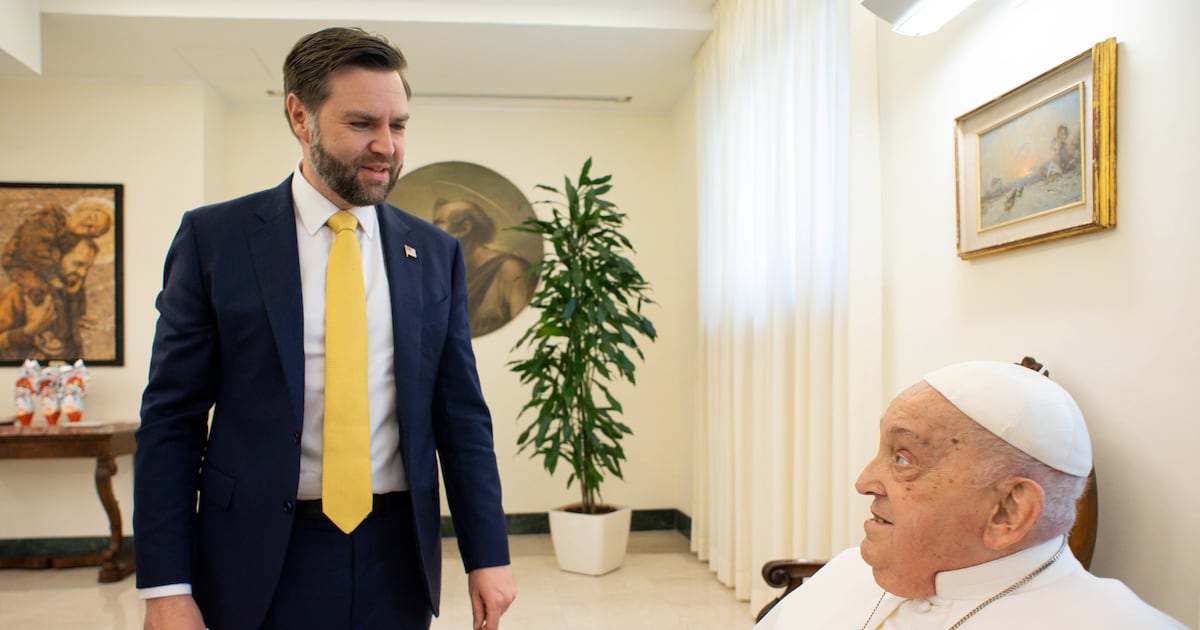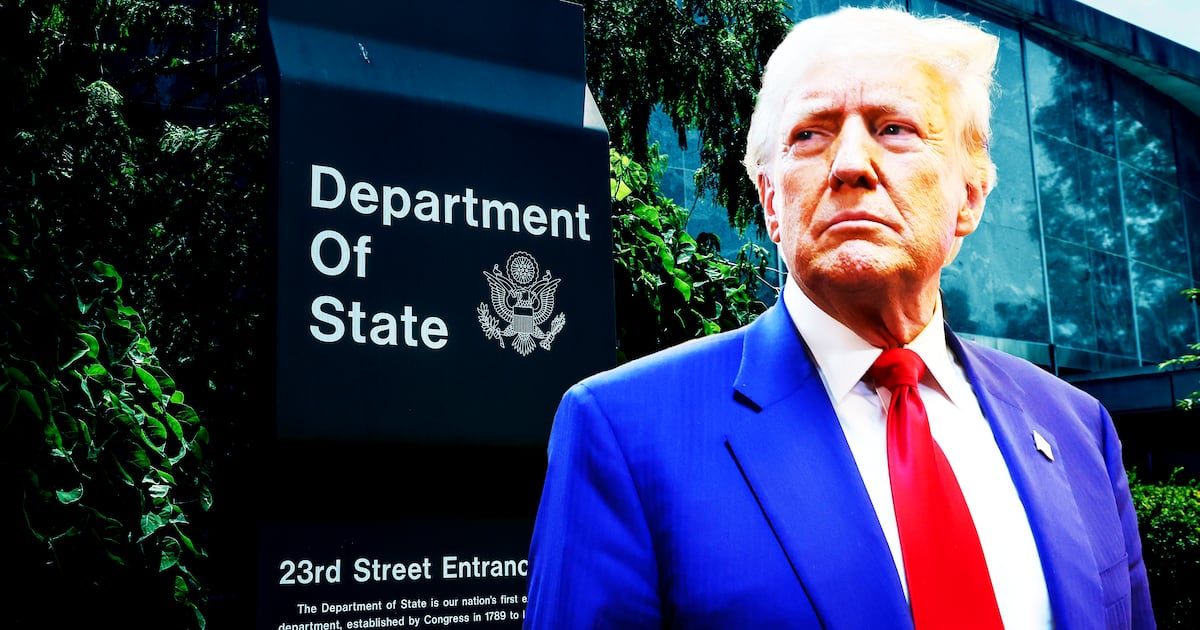
What should airline passengers make of the rocky path of aviation in 2009? After a number of years in which flying seemed to be getting safer and safer, there was a sudden rash of disasters and near-disasters. As varied as they are in nature and cause, they carry one salient lesson: It’s all about the pilots—great pilots, bad pilots, robot pilots. Just look at the record:
January 15: Captain “Sully” Sullenberger, flying U.S. Airways Flight 1549 out of La Guardia, New York, loses power in both engines after a bird strike, decides to ditch in the Hudson. All 155 people on board survive the “Miracle on the Hudson.”
It’s almost as though we need to invent a series of fake alarms to keep pilots sharp.
February 12: Captain Marvin Renslow, flying Continental Connection Flight 3407, on final approach to Buffalo, New York, responds to a warning of an imminent stall (in which the airplane loses its grip on the air) by pulling back on the controls, the opposite of what was required. All 49 people aboard die in the crash.
February 25: Captain Hasan Tahsin Arisan, flying Turkish Airlines Flight 1951 on approach to Amsterdam, Holland, fails to notice that his two engines have throttled back far too soon and the Boeing 737 belly-flops short of the runway. Arisan, two other pilots and six passengers die, the remainder of the 135 on board survive.
June 1: Captain Marc Dubois, flying Air France Flight 447 from Rio to Paris, is out over the South Atlantic at cruise altitude passing through an area of violent storms when the Airbus A330’s automated flight control system shuts down. Flight 447 disappears into the deep ocean, all 318 aboard are lost.
June 30: Captain Khaled Hajeb is flying Yemenia Airways Flight 626 from Paris, via Marseilles and the Yemen, on approach through rain and blustery winds to the Comoros Islands in the Indian Ocean. The 19-year-old Airbus A310 crashes into the sea. Of the 153 people aboard, there is one survivor, a 12-year-old girl. (Although Yemenia had been red flagged for maintenance issues by the European air safety authorities, it was not added to the latest European black list of airlines deemed unsafe.)
August 8: Steven Altman, an experienced private pilot, is flying his Piper down the Hudson from New Jersey in uncontrolled airspace and is hit by a climbing helicopter of Liberty Tours, flown by Jeremy Clarke. Nine people, including the two pilots, are killed.
• Clive Irving: What Went Right in the Jamaica Crash • Ranking: How Safe Is Your Airline?• The Best and Worst AirportsOctober 21: Captain Timothy B. Cheney is flying Northwest Airlines Flight 188 from San Diego to Minneapolis-St. Paul, fails to respond to air traffic controllers’ calls for 91 minutes. Only when the Airbus A320 is over Wisconsin does the crew reply, turn around and eventually land safely at their destination.
December 22: American Airlines Flight 331 from Miami careened off the runway as it landed at Kingston, Jamaica amid heavy rain. And yet this is exactly what is supposed to happen in a crash: All 154 passengers walked away, albeit shaken up and a few of them needing hospital treatment. The biggest killer in a crash of this kind is not the first impact but fire. A jet engine that is still functioning is basically a furnace, and the most likely first source of ignition. The two engines on the Boeing 737-800 in this crash sheared from the wings, as they are designed to do under impact of this severity. The other fire threat lies in the gas still in the tanks—the tanks easily rupture and a single spark is enough to cause a fire that can engulf the airplane in a matter of minutes. But in Jamaica there was a powerful fire suppressor—the heavy rain. The weather that most likely caused this crash was also probably a big life saver. Given that the American Airlines cabin crew did their job and evacuated the airplane within seconds of it coming to rest this was another example of just how survivable even a serious crash can be. (Read more about the crash here.)
All this powerfully reminds us that airplanes still have to be flown. Humans have to be in charge, and humans on the flight deck have to pay attention at all times. There is, however, an unresolved paradox here: As more and more of the failures, human and mechanical, that used to cause crashes have been targeted by technology and hugely reduced, pilots have less and less work to do. It’s almost as though we need to invent a series of fake alarms to keep them sharp.
Nothing illustrates this paradox more clearly than two crashes involving Airbus airplanes, the ditching of Flight 1549 in the Hudson and the disappearance of Air France Flight 447 over the Atlantic. The Airbus A320 flown by Sully and the Airbus A330 flown by Captain Dubois have the same automated flight controls and philosophy, which—in its own language—“protects” pilots from taking an airplane outside its safe envelope.
Sully was able to make his pitch-perfect touchdown on the Hudson because he had a second copilot, the Airbus computer that fine tuned his own skills. (No computer could have made his most crucial decision for him, to go for the river.)
We don’t know with any certainty what happened on the flight deck of Flight 447, and may never know. But Captain Benoit’s body was among the fifty found floating in the Atlantic, while his two copilots’ bodies were not. Normally, at that stage in a flight, the copilot, or second officer, would have been in charge. Evidence from similar episodes in which pilots regained control of A330s suggests that this time the Air France pilots, faced with a sequential failure of the flight control computers, never did wrest back control before they hurtled 36,000 feet down to the water where the plane broke up. So, because of some flaw that is the subject of intense investigation, the system designed to protect the pilots probably doomed them and everyone on board.
The issue of pilot acuity in an Airbus flashed up again with the case of Northwest Flight 188. Why were these pilots out of radio contact for an hour and a half? When the FAA revoked their licenses they sent them an unusually sharply-worded letter, saying that they had endangered the public “while you were on a frolic of your own.” Just what kind of frolic it was is yet to be revealed, but one thing is for sure, the A320 did a great job of flying itself without their attention.
Boeing doesn’t deploy cockpit automation in the same way. It leaves actions of last resort to pilots. But that didn’t help in the instance of the Turkish Airlines Boeing 737 that crashed at Amsterdam, where the pilot, copilot and a spare pilot in a jump seat were having a nice chat while an altimeter gave a false reading of their height to the engines, which then decided on their own bat that the airplane was approaching the runway when, in fact, it was still at 2,000 feet.
The worst piece of piloting, though, was by Captain Renslow in the Buffalo crash. Renslow had failed five flight tests in five years. The Canadian-built Bombardier Q400 turbo-prop had an automatic stall-protection system. On its approach something—probably ice—prompted the system to push the nose down, correctly, to increase speed but Renslow resisted and kept pulling up the nose, guaranteeing that it would lose stability and fall out of the sky.
In reality, even well qualified airline pilots will always vary in aptitude, experience, proficiency, alertness and the speed of their reflexes—and, of course, be subject to the variations of composure and concentration that we all exhibit. They are not supermen. What those who devise cockpit automation set out to do is to shield us, the passengers, from the avoidable human errors—and, in effect, make lax pilots a lot less dangerous—while leaving no doubt as to who, in the end, is in charge.
So perhaps the best news of the year is that the FAA, which for years has been run by political appointees rather than qualified professionals, is now in the hands of Randy Babbitt, a former leader of a pilots’ union who, I hope, gets it. The “it” being that it really matters who is in those seats behind the locked door up front. I think the tone of the FAA’s rebuke to the Northwest pilots couldn’t have come from anybody else. There is, for sure, a lot for him to do about piloting—to deal with the now exposed issue of the underpaid and fatigued regional airline flight crews and to get cockpit discipline on all airlines back up to where it should be.
Clive Irving is senior consulting editor at Conde Nast Traveler, specializing in aviation—find his blog, Clive Alive, at CliveAlive.Truth.Travel.






